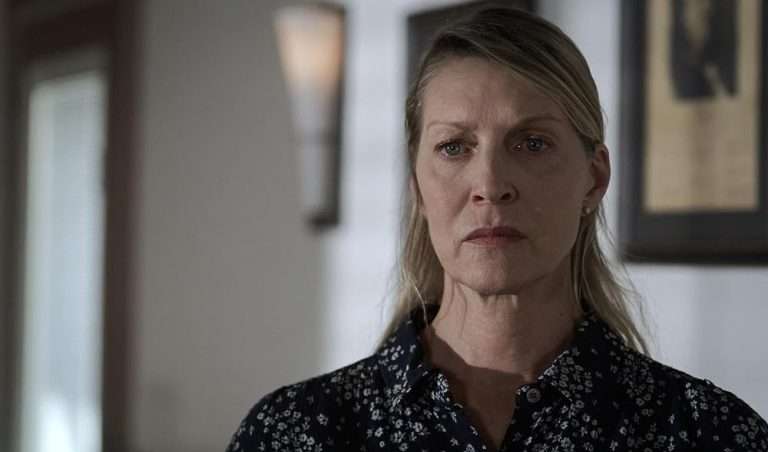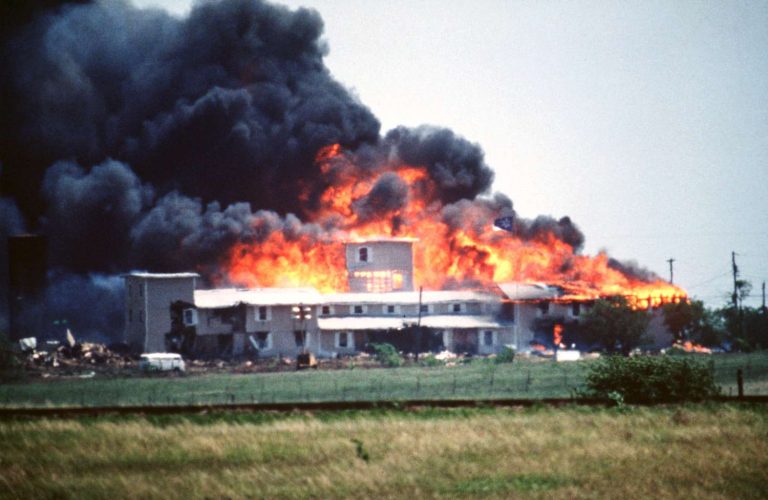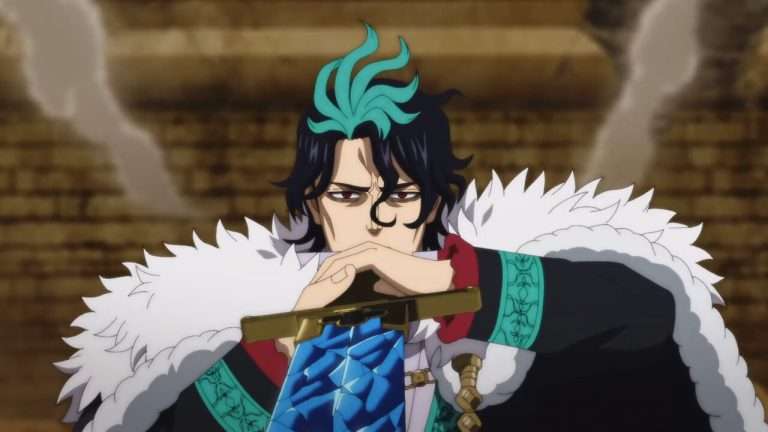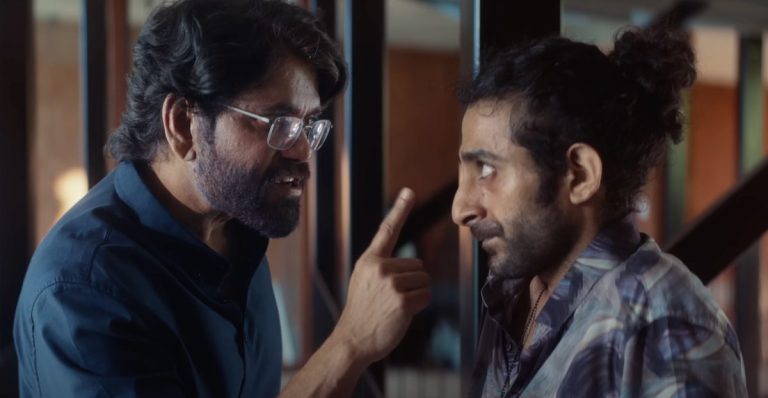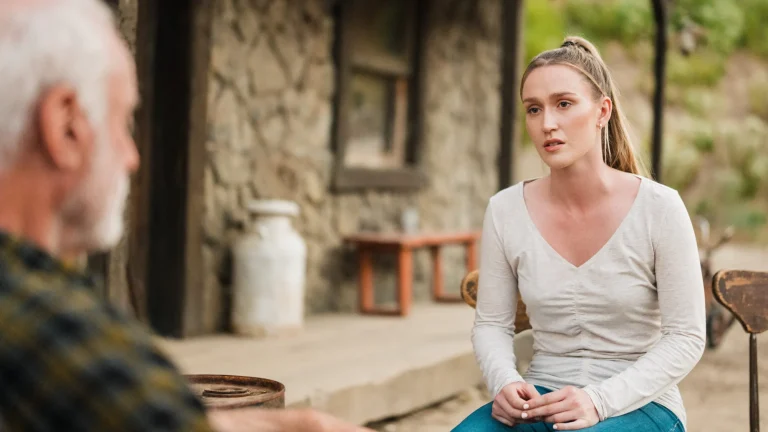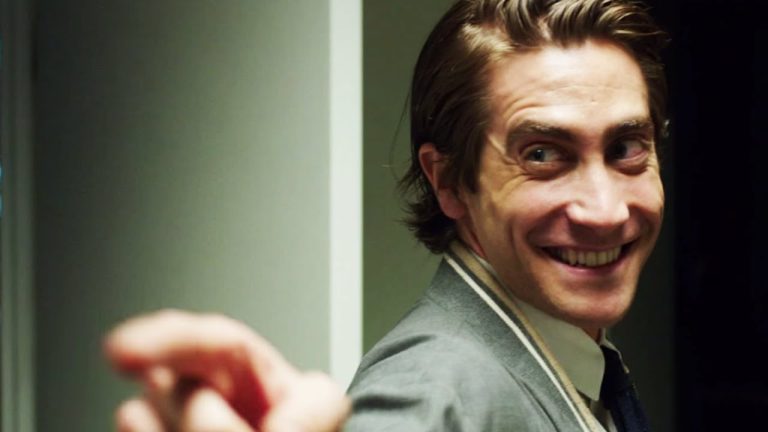Please Baby Please, directed by Amanda Kramer is a musical drama that may remind audiences of director duo Robert Wise and Jerome Kramer’s iconic film. That one was so good that any remote resemblance to the same will draw parallels. Will Please Baby Please be held in the same stead in about 60 years? It’s doubtful, as this film doesn’t really stand out in many ways. Some may remember it as a film that could have easily been shot on a stage and packaged as a movie.
They had the idea of traditional gender roles and inherent sexual identities, but the execution was quite problematic. Had it not had the in-your-face references to West Side Story, it’s possible that Please Baby Please would have slid under the radar. Mercifully so, as I had the first and third words as a wish to end this haphazard execution of what could have been very creative and unique.
I loved the jazz music (by Giulio Carmassi and Bryan Scary) that served as the background score for a large portion of Please Baby Please, as it lent to the time period and provoked me to keep watching.
Please Baby Please (2022) Review:
Haphazard execution details what could have been very creative and unique
Please Baby Please oozes a feeling of the 1950s. Right from the opening scene, which may give audiences West Side Story vibes, to the Stanley Kowalski reference; Amanda Kramer and Noel David Taylor seem to have written and visualized an ode to the era and the genre. It is filled with neon-tinted frames and relevant costumes and has a gang of youngsters (Young Gents).
However, it is not just that as elements of traditional gender roles make their way into the narrative. These come to the screen courtesy of Harry Melling (Dudley Dursley from the Harry Potter films) and Andrea Riseborough’s exquisite performances. Melling’s character of Arthur lacks confidence and is the meek individual he wishes to be. His mannerisms lend weight to Arthur’s aim to be different from the standard definition of a male. It is even seen in one scene where he quickly scampers to catch hold of a gang member’s leg rather than fight.
On the flip side, Riseborough’s explosion and fierce nature is expected to balance the scales. It came across as theatrical, which is what one would say after consuming this film. The key word here is theater.
Right from the sets to the impromptu dances in the introspective scenes; everything in this film seems like the performing artists for a large audience are on film. The acting seems absurd and exaggerated and it worked. Please Baby Please really will be remembered for this, but it just got too distracting in numerous other ways.
The flashback scenes were problematic and thrown in way too often sans any warning. It was just out of the blue that Suze was suddenly surrounded by dancers; in one particular instance, they branded her with an iron. I just didn’t get the purpose of the frequent use of them, as it proved to be quite distracting amidst all the other distractions in the film. Did Young Gents have anything worthwhile, or were they just there to push audiences towards thinking of West Side Story?
The LGBTQ angle justified their presence, but that could have been one of the friends or a single gangster as well. Or even if this was the director’s wish (it was), how did anyone know about Arthur’s preference? The usual would be to eliminate anyone who witnesses a crime; Suze and Arthur witnessed the vandalism, battery, and murder orchestrated by Young Gents.
I like that these were presented right at the start to allow the audience to get a feel for the film’s world right from the outset.
Please Baby Please Movie Ending, Explained:
The ending sees Arthur, Suze, and their friends sitting in the couple’s apartment. At this point, the Young Gents arrive and demand the key to the flat with all the stuff. This is the flat that Suze mentioned when a gang member cornered them in an alleyway.
They receive the key and three proceed to the flat, while another trio stays with Arthur and Suze. A gang member insults Arthur and gets stabbed in the side of his neck for his troubles. Suze maniacally orders her friends out of the flat and proceeds to chat with Dickie. Meanwhile, Arthur grabs hold of a gang member’s leg to keep him away. What’s startling is that said man did not resist. Dickey punched Suze in her left eye and called her colleague to leave. Arthur and Suze then sat on a chair, where she spoke about how the man she killed wanted everyone to be afraid of him. It was just the illusion of fear on his end.
Why did Suze set up a path of destruction?
The Young Gents kept targeting Arthur, such as the time when she went down to return to see Arthur involved with another man. Hence, she seemingly planted a clue and sent the gang to their death. As she walks to the rich people’s room, we see that she was talking about her friend’s house. The friend’s parents were flat on their backs and so were the trio from the Young Gents. It was collateral that a black-eyed and unhinged-looking Suze didn’t express any remorse for.
What was the final scene all about?
The climax was unique. It presented a split screen featuring Arthur and Suze grooving to a jazz number. While he was moving from a club to the house in a sharp suit, she dressed up whilst dancing.
Suze and Arthur then reconvened in her frame and the split screen disappeared to reveal Arthur with a gang member. They embraced each other as a couple, with Suze remaining content, or rather, resigned to her fate as she just clutched her husband from behind and leaned her head onto his back. It’s as though Suze learned to be okay with Arthur after seeing what her urge for revenge had resulted in.





